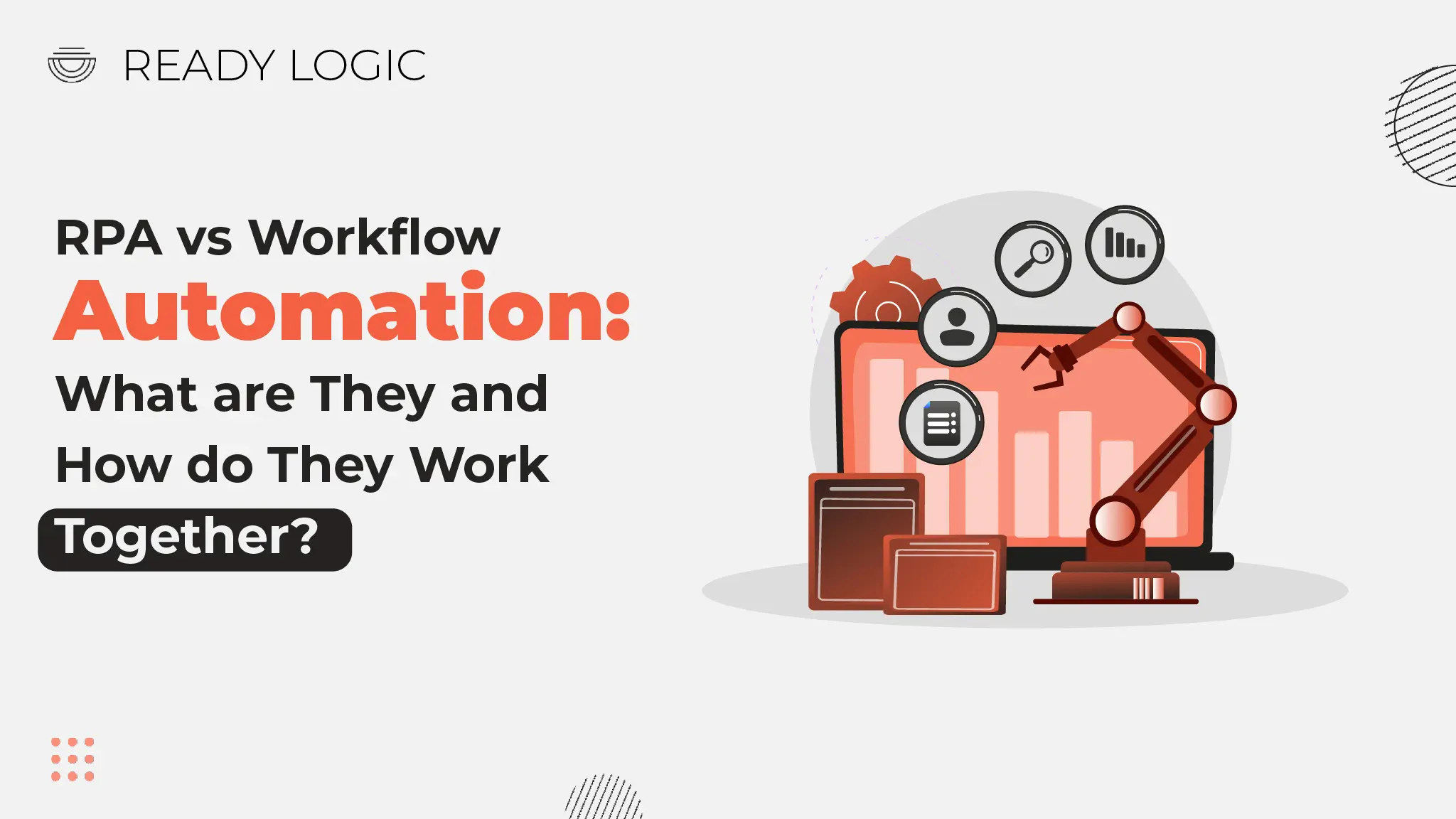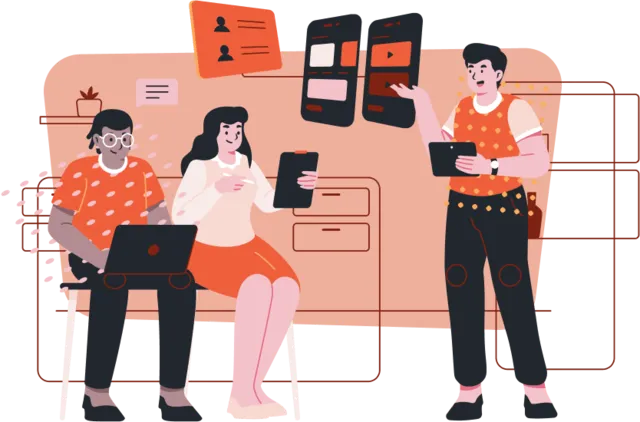Automation has become the backbone of modern businesses aiming for efficiency and agility. Two of the most talked-about solutions are Robotic Process Automation (RPA) and workflow automation. But what do these terms really mean? And more importantly, how do they work hand-in-hand to transform the way businesses operate daily? Let’s break it down step by step.
Understanding Robotic Process Automation (RPA)
Robotic Process Automation might sound like a sci-fi concept, but it’s already running quietly behind the scenes in countless companies worldwide.
What is RPA?
So, what is RPA, exactly? Simply put, RPA uses software “robots” or bots to mimic repetitive tasks humans usually do like data entry, invoice processing, or transferring information between systems. Imagine having a tireless digital assistant that operates around the clock with perfect accuracy.
How Does RPA Work?
It captures and mimics the steps a person takes when interacting with computer systems, then repeats those steps automatically without errors. For example, an RPA bot can log into an email account, download attachments, update a spreadsheet, and send a confirmation all without any human input once it’s set up. This frees up employees for higher-value tasks.
Comparing RPA and Workflow Automation
Many people confuse RPA with workflow automation, but they’re not the same thing. Understanding how they differ is key to choosing the right solution for your business.
Core Differences
RPA focuses on automating individual, rule-based tasks that don’t need human decision-making. Workflow automation, on the other hand, maps and automates entire business processes that often involve multiple tasks, people, and systems.
Where They Overlap
While they serve different purposes, RPA and workflow automation often overlap. For example, RPA bots can handle repetitive tasks within an automated workflow, making the entire process run faster and with fewer errors.
Benefits of Each Approach
RPA is perfect for boosting productivity and accuracy in repetitive tasks. Workflow automation shines when you want to streamline how tasks move from one team or tool to another. When combined, they form a strong foundation for improved productivity and reliable performance.
How Workflow Automation Software Supports RPA
You might be wondering, how exactly do workflow tools and RPA complement each other?
Workflow automation platforms like ClickUp, Monday.com, or Make.com can orchestrate complex processes, while RPA bots execute repetitive tasks within those processes. This creates an end-to-end automation system that combines human input, workflow rules, and robotic labor.
Integration of RPA with Workflow Automation
Integrating RPA with workflow automation software is pretty straightforward with modern tools. For instance, you can use Zapier to trigger RPA bots when a specific condition is met in your workflow, like when a new customer signs up or an invoice is approved.
Real-World Examples
Picture this: An HR team uses workflow automation to manage onboarding. Once an offer letter is signed, an RPA bot automatically sets up email accounts, adds the new hire to payroll, and schedules training sessions. The result? A seamless process with fewer delays and mistakes.
Business Process Automation: Combining the Best of Both
When you merge RPA and workflow automation, you unlock the true potential of business process automation.
Using Business Automation Tools Effectively
To get the best results, choose tools that integrate well with your existing systems. Platforms like Make.com and Zapier help you build bridges between workflows and RPA bots, keeping your processes connected and smooth.
Benefits for Process Efficiency
This combo cuts manual work, reduces errors, speeds up delivery, and gives your teams more time for creative, strategic tasks. It’s like turning your entire business into a well-oiled machine.
AI-Powered Automation: Taking Workflow Automation to the Next Level
If you’re thinking, “What’s next?” The answer is AI-powered automation.
Role of AI in Workflow Automation
AI adds brains to your automated workflows. It can analyze data, make decisions, and even predict issues before they happen. This is a big leap from traditional rule-based automation.
AI Workflow Automation in Practice
For example, AI can scan thousands of invoices, spot duplicates, flag suspicious charges, and route them to the right person automatically. The combination of AI, RPA, and workflow tools is the future of smart business automation.
Choosing the Right Business Automation Tool
Picking the right tools is half the battle won. But how do you choose?
Key Factors to Consider
Look at ease of use, integration options, scalability, and vendor support. Also, think about whether the tool plays nicely with your existing systems and if it offers AI features to future-proof your workflows.
Popular Workflow Automation Software
Some trusted names include Monday.com for task management, ClickUp for all-in-one project handling, and Zapier for connecting apps. Ready Logic can help you choose and implement these tools to fit your needs.
Steps to Implement Workflow Automation and RPA
Ready to take the plunge? Here’s a quick roadmap.
Planning and Mapping
Start by identifying repetitive tasks and bottlenecks. Map out current workflows, decide which tasks can be automated with RPA, and design your future state.
Execution and Monitoring
Once the plan’s ready, deploy your automation tools. Test thoroughly, monitor performance, and tweak processes to ensure everything runs smoothly. Remember, automation isn’t set-and-forget; it’s an ongoing journey.
Conclusion
RPA and workflow automation are powerful on their own, but when you blend them, you build a smart, scalable foundation for business growth. By using the right tools, integrating AI, and partnering with experts like Ready Logic, you can future-proof your operations and unlock time and value for what matters most: growing your business.
RPA automates individual tasks, while workflow automation manages entire processes involving multiple tasks and people.
Absolutely! Small businesses benefit greatly from automation because it saves time and money.
Most modern tools are low-code or no-code, so you don’t need to be a programmer to get started.
It depends on the complexity of your processes, but small automations can be set up in days or weeks.
AI-powered automation is the next big leap bringing intelligence and predictive capabilities to your workflows.





